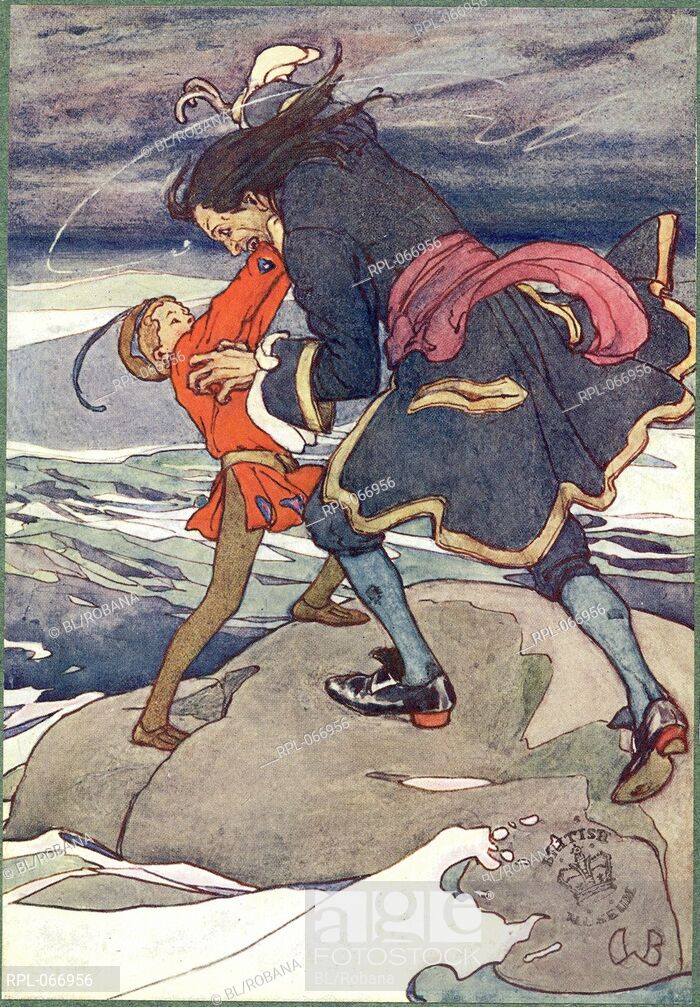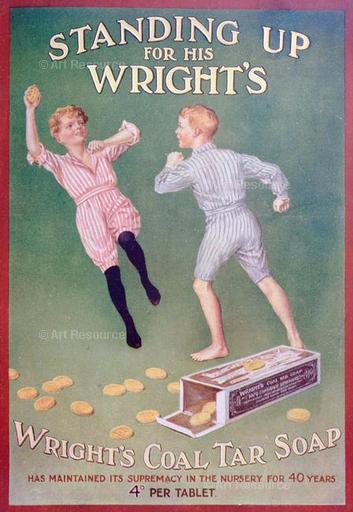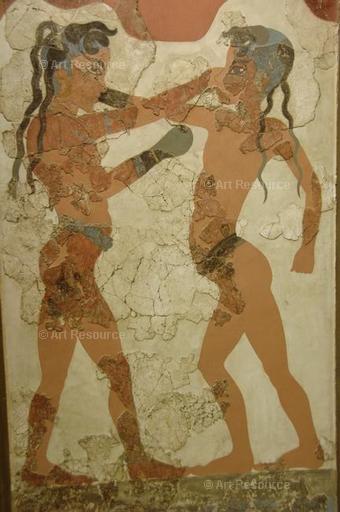My confession finished, I waited for my penance and the sweet sound of the ancient formula, “Ego te absolvo.” There was a brief silence on the other side of the screen. Then came: “Is that all?” It was a practical question, a commonplace prod to swing open some door I might I have left shut. But in that instant, on that day, the brevity of it struck me differently. Why so brusque? Almost curt. Had my confession bored the man?
That must be it, I thought. Here I had taken the witness stand against myself in matters of no compelling interest. None of those great engrossing sins—the towering ones with names—were relevant to my case. At least not full strength. Not now, not this time. Suddenly I felt sorry for my confessor. The poor man. He has to sit in a stuffy box, year after year, listening to a repetitious stream of three-Hail-Mary lapses that leave both priest and penitent with the feeling of being eaten alive by ants.
Not wanting to disappoint him further, I did a split-second inventory to see what could be gathered up from my apparently colorless soul. Out of an unholy urge not to be judged dull, I added: “Well, yes, Father. There is one thing. It’s the never ending, chronic tension between the command to love my neighbor and the fact that there are so many people I just don’t like.”
In a heartbeat, the priest responded: “Welcome to the club.” He absolved me.
• • • •
We are enjoined to love one another. Thankfully, we are not commanded to like each other. Loving and liking are quite different orders of response. One abides; the other shifts about, subject to the weather of our lives and changing as we change. Just as the one we call our neighbor also changes, each shape-shift requires a fresh response.


• • • • •
Love of neighbor is not sentimental. It is clear-eyed; it has tooth. Love does not blush to admit that among those we are called to love are a thumping number of unlikeables. But we are called to love our neighbor according to his needs, not our own. And there are times he needs to be challenged or corrected. Perhaps even aggressively opposed.

Love of neighbor is not necessarily a fine feeling, except toward a precious few. Principally, it is an act of will and of courtesy. Again: we are ordered to acknowledge our neighbor according to his needs, not our own. To the extent that we can, we seek his good. We greet him and wish him well; no matter that he is not our cup of Twinings. (Neighbors are known face-to-face; they are not abstractions pulled from airy conceits about “the human family.”) But if the concept of Christian love is not to dissolve into sugar water, we need reminders that our affections are as free as our imaginations. And as particular. They are directed to living individuals, not to castes, classes, ethnicities, or that grandiose construction “the human person.”
One of my favorite cautions against temptation to refuse to live—and love–on a human scale is “Commandments,” a late poem by D.H. Lawrence. He is out of fashion today but his resistance against embracing as neighbor the featureless throng continues to resonate. Lawrence throws the divine mandate into question in order to underscore the superficiality of our use of that word love and the falsity of our applications of it:
When Jesus commanded us to love our neighbour /he forced us either to live a great lie, or to disobey; /for we can’t love anybody, neighbour or no neighbour, to order, /and faked love has rotted our marrow.
The primal love of Him whom Dante called the “First Lover” is eternal and inexhaustible. It is also unfathomable to us born to make our way within the constraints of mortal time. We live among the base, the cruel, and disagreeable as much—maybe more—as with the decent and good-hearted. That is why I keep in view, taped to a closet door, Ogden Nash’s 1933 “A Plea For Less Malice Toward None.” There are, after all, things worth hating. Nash ends on this invigorating note:

Even a ramble should circle back to where it began—here, with reference to the confessional. Fulton J. Sheen had much to say on the topic. His chapter “Psychoanalysis and Confession” in Peace of Soul (1949) had no quarrel with the psychoanalytic method. He considered it valid in its sphere. His concern was with the differences between psychoanalysis and the Sacrament of Penance.
A few decades ago, nobody believed in the confession of sins except the Church. Today everybody believes in confession, with this difference: some believe in confessing their own sins; others believe in confessing other people’s sins. The popularity of psychoanalysis has nearly convinced everyone of the necessity of some kind of confession for peace of mind. . . . The world found it could not get along without some release for its inner unhappiness. Once it had rejected confession and denied both God and guilt, it had to find a substitute.
. . . A man who has been told that everything is a symptom never need accuse or judge himself or ask to be judged.
In the seventy years since that was written, Catholics, too, have outgrown confession of the sacramental kind. Philip Rieff was right. The therapeutic has triumphed, castings its assumptions over key elements of cultural life. It has vanquished even the architecture of the confessional. Designed to keep us mindful of the centrality of sin, the old cabinetry beckoned us to a posture of humility. But humility has few allies in a culture that champions self-esteem. No one takes a selfie in the confessional.
So it is that, a few years back, my local parish removed the confessional from its Little Church, an historic predecessor to the large gymnasium-style one built uphill from it in the 1980s. In place of the sculpted, curtained booth in the tiny narthex of this century-old chapel, we now have a wheel-chair accessible toilet.
Where red velvet drapes once curtained penitents from view, there is a dingy hodge-podge of leaflets and bulletins. Gone is the sturdy oak bible stand with its beautiful folio edition. (Open to Micah 7 last I saw it: “He retaineth not his anger forever, because he delighteth in mercy.”) And on the new, unlatticed door of the lavatory is a cheasy stick-on logo signifying a full service comfort station.
What should a pastor do with a confessional box gone fallow? A witty priest suggested keeping it intact as a judgment on the parish. Splendid idea. Though going by the look of it, what we have is judgment enough.





